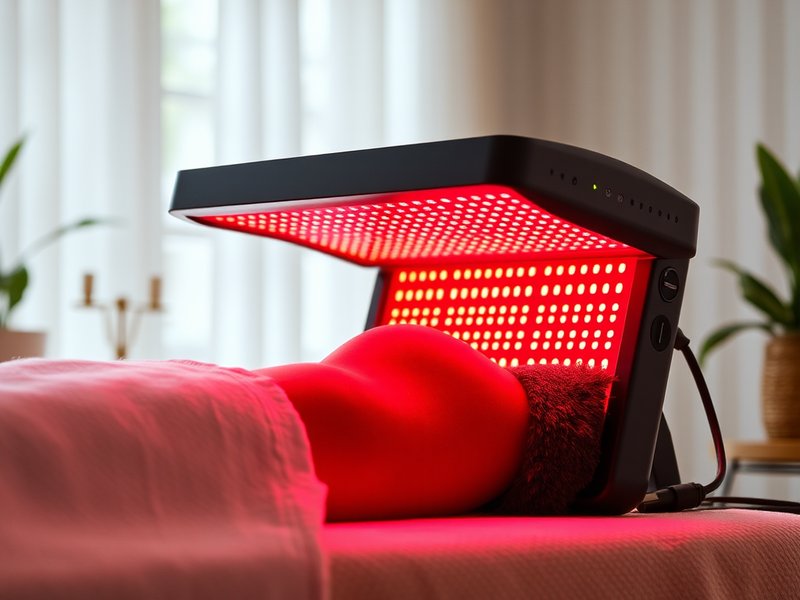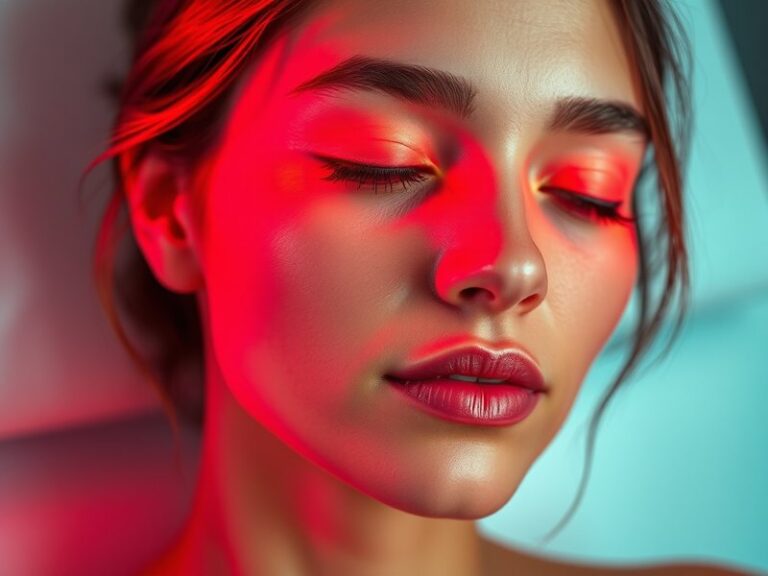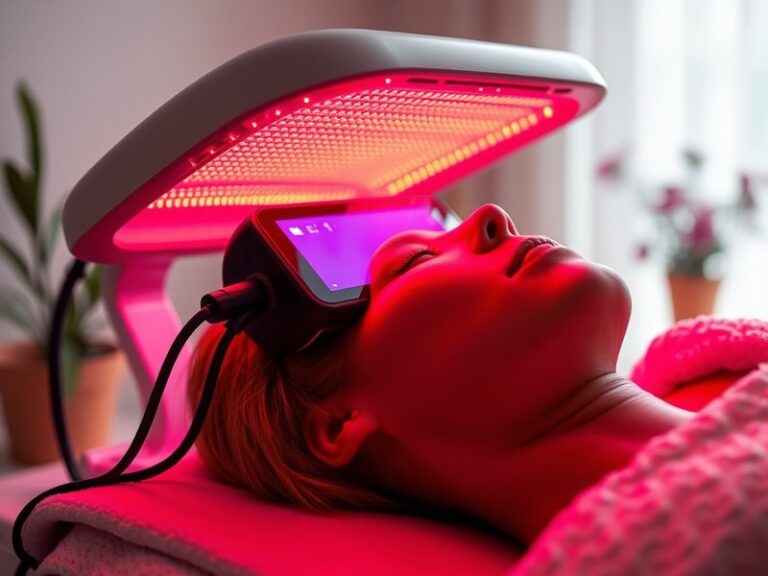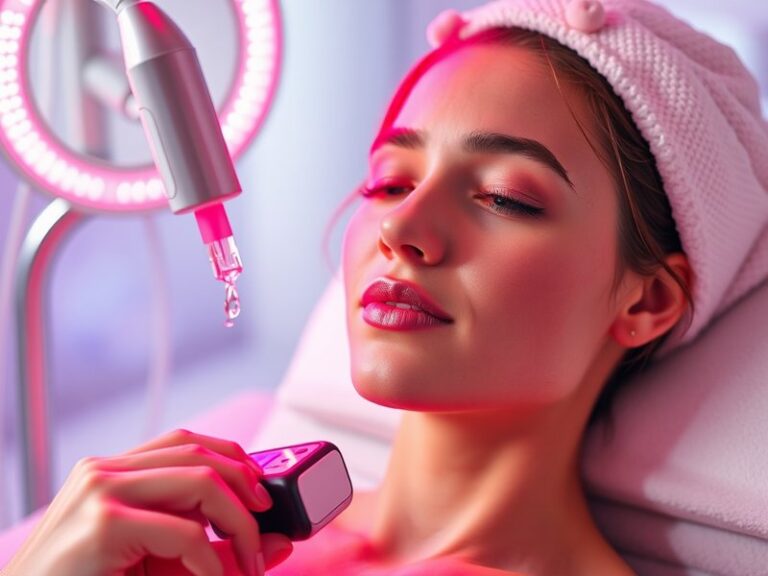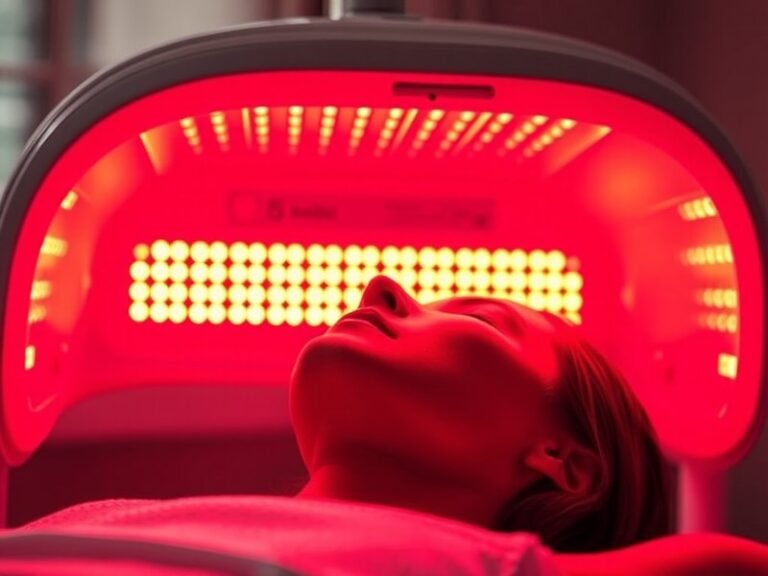Which Red Light Therapy Panel Is Best?
Which Red Light Therapy Panel Is Best?
Are you considering investing in a red light therapy panel but unsure which one to choose?
This article will guide you through the various options available on the market, highlighting the key features, benefits, and considerations to help you make an informed decision. We’ll explore the best red light therapy panels, their advantages, potential alternatives, and address common questions related to this innovative therapy.
Key Takeaways
- Selecting the right red light therapy panel can significantly impact its effectiveness and your overall experience.
- Consider your personal needs, such as size, budget, and intended use, when choosing a panel.
- Popular choices include brands like Joovv, Mito Red Light, and Red Therapy Co., each offering unique features and performance.
What is Red Light Therapy?
Red light therapy (RLT) is a non-invasive treatment that utilizes low-wavelength red light to promote healing, reduce inflammation, and improve skin conditions. Commonly used in dermatology and physical therapy, RLT works by penetrating the skin and stimulating cellular activity, leading to various therapeutic benefits.
Red light therapy panels come in different sizes and configurations to cater to different treatment needs, from minor skin issues to more significant health concerns. With advancements in technology, high-quality panels are now more accessible than ever, providing effective solutions for home use.
How Does Red Light Therapy Work?
Red light therapy operates on the principle of photobiomodulation, where specific wavelengths of light (typically 600-650 nm) stimulate mitochondrial activity in cells. This increased energy production heightens the body’s natural healing processes and improves blood circulation, providing a variety of health benefits.
What are the Benefits of Red Light Therapy?
Exploring the advantages of red light therapy reveals its potential to enhance health and well-being in various ways.
Improved Skin Health
One of the most celebrated benefits of RLT is its ability to rejuvenate skin by reducing wrinkles, acne scars, and solar damage. Studies have shown that it enhances collagen production and promotes healing, making the skin appear more youthful and radiant.
Pain Relief and Muscle Recovery
Athletes frequently utilize red light therapy for its properties associated with pain relief and reduced inflammation. By promoting faster recovery from injuries and alleviating soreness, RLT can be a powerful tool in sports medicine.
Enhanced Mood and Sleep Quality
Emerging research indicates that red light therapy can positively affect mood and sleep patterns. By regulating melatonin production, RLT may help enhance sleep quality and provide relief from seasonal affective disorder (SAD).
Add an additional 1-3 Benefits
- Wound Healing: RLT can expedite the healing of wounds and scars by stimulating tissue regeneration.
- Hair Growth: Some studies suggest that RLT may promote hair growth in individuals suffering from androgenetic alopecia (pattern baldness).
- Joint Health: RLT has been shown to reduce joint pain and stiffness, making it beneficial for individuals with arthritis.
Is it Possible to Use Red Light Therapy at Home?
Certainly! With the advent of portable red light therapy panels, using RLT in the comfort of your home is not only possible but also convenient.
What are the Advantages of Home Use?
- Cost-Effective: Investing in a panel can save you money compared to ongoing professional treatments.
- Convenience: You can schedule your therapy sessions whenever it suits you, providing flexibility around your lifestyle.
- Privacy: Home usage allows for a more comfortable and private experience.
What are the Disadvantages of Home Use?
- Initial Investment: High-quality panels can be a considerable upfront cost.
- Learning Curve: Users must educate themselves on proper use and treatment protocols to ensure effective results.
- Limited Power: Home panels may not match the intensity or range of specialized devices used in professional settings.
What are the Things to Consider Before Buying a Red Light Therapy Panel?
Choosing the right red light therapy panel requires careful consideration of several factors.
Intensity and Wavelength
Ensure the panel emits light at the correct wavelengths for therapeutic benefits. Look for a panel that provides both red and near-infrared wavelengths (around 850 nm) for broader healing capabilities.
Size and Coverage Area
Consider the size of the panel in relation to the treatment area. Larger panels can cover more surface area, which is beneficial for full-body treatments, while smaller ones may cater to localized areas.
Quality of Construction
Choose a unit that is built to last, with safety features and warranties, as this reflects the manufacturer’s confidence in their product.
Add an additional 1-3 Considerations
- User Reviews: Research user experiences and reviews online to gauge the effectiveness and reliability of the panel.
- Brand Reputation: Opt for brands known for quality and customer service.
- Adjustability: Look for features like adjustable brightness or treatment time settings for personalized use.
What are the Alternatives to Red Light Therapy?
If red light therapy doesn’t seem like the right fit for you, several alternative treatments can provide similar benefits.
Cold Laser Therapy
This therapy uses low-level lasers to reduce inflammation, pain, and promote healing in a similar way to RLT, but may require professional administration.
Infrared Saunas
Infrared saunas utilize heat to enhance blood circulation, promote detoxification, and provide a relaxing treatment option for body rejuvenation.
Microdermabrasion
For individuals seeking skin rejuvenation, microdermabrasion can effectively minimize signs of aging and skin damage, providing a mechanical approach as opposed to light therapy.
Get the scoop on Daily Red Light Therapy Amount?
Add an additional 1-3 Alternatives
- LED Facial Masks: These products offer localized non-invasive light treatments to enhance skin health.
- Acupuncture: Known for promoting healing and pain relief, acupuncture can be an alternative for those seeking holistic therapies.
- Physical Therapy: Professional physical therapy can address musculoskeletal issues and provide tailored rehabilitation strategies.
Conclusion: Is it Recommended to Use Red Light Therapy at Home?
In summary, red light therapy panels can provide noticeable benefits for skin health, pain relief, and overall well-being. While home use offers convenience and cost-effectiveness, choosing the right product and understanding its limitations is crucial. With careful consideration of your needs and preferences, investing in a red light therapy panel can be a worthwhile addition to your health routine.
Frequently Asked Questions
What is the best red light therapy panel for home use?
While various panels exist, popular brands like Joovv, Mito Red Light, and Red Therapy Co. are known for their quality and effectiveness. Consider user reviews and specific features before making a decision.
How long should I use a red light therapy panel?
Sessions can typically last between 10 to 20 minutes, depending on the intensity of the panel. It’s advisable to follow the manufacturer’s guidelines for optimal results.
Can anyone use red light therapy?
Yes, red light therapy is generally safe for most people. However, consulting with a healthcare provider before starting treatment is recommended, especially for those with medical conditions or concerns.
Are there any side effects of red light therapy?
Red light therapy is considered safe, but some individuals may experience temporary redness or sensitivity at the treatment site. If severe reactions occur, discontinue use and consult a healthcare professional.
Get the whole scoop Can I use a red bulb for therapy?
How often should I use red light therapy?
For best results, consistent use is recommended—usually a few times a week, although frequency can vary based on individual goals and the intensity of the device.
